Local government services to start using GOV.UK Pay
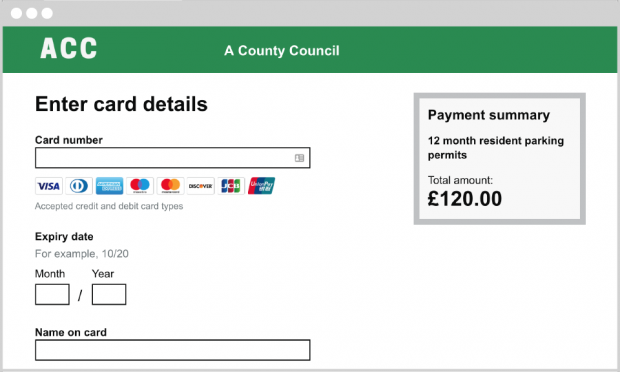
So far, GOV.UK Pay has only been available to central government bodies, but we’re now ready to start offering GOV.UK Pay to local government.
Digital Service Platforms is a common core infrastructure of shared digital systems, technology and processes on which it’s easy to build brilliant, user-centric government services. Examples include GOV.UK Pay and GOV.UK Notify.

So far, GOV.UK Pay has only been available to central government bodies, but we’re now ready to start offering GOV.UK Pay to local government.
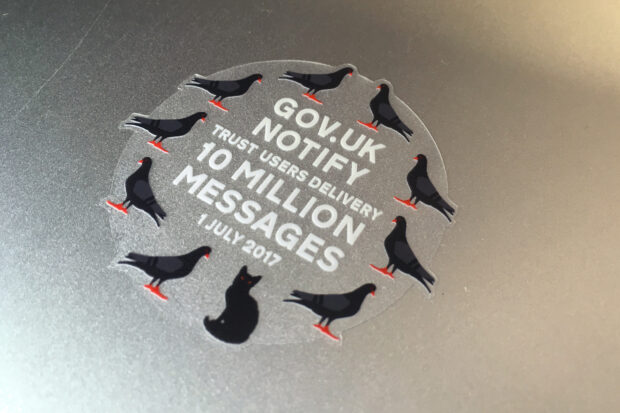
GOV.UK Notify – the government's digital communications platform – is fast becoming established in central government. We’re now ready to start offering Notify to local government.
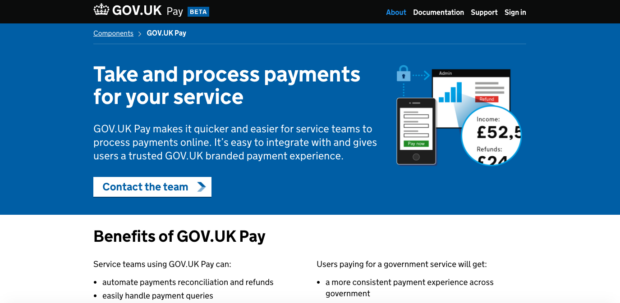
Our new product pages and a new technical documentation format help users recognise that a resource is provided or curated by GDS.
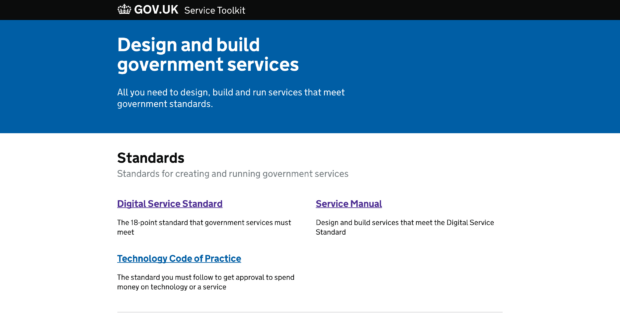
...very simple way of doing this. Building with the Government as a Platform principle The Service Toolkit currently features links to: standards: the Digital Service Standard, the Technology Code of...
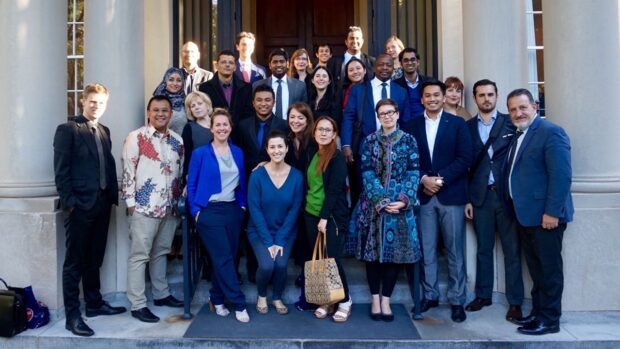
The US government runs an International Visitors Leadership Program, which brings together future leaders from around the world. The most recent visit was for future digital and technology leaders and GDS was invited to take part. We wanted to share what we learnt.

Webchat is a support channel where users can talk to advisers through real-time online text chat. We ran an alpha to learn from departments that have been using webchat and to learn what works for users.
...we have today that let us collaborate with colleagues or connect with customers in real-time didn’t exist. Back then, you still bought your music on CDs. Even the most visionary...
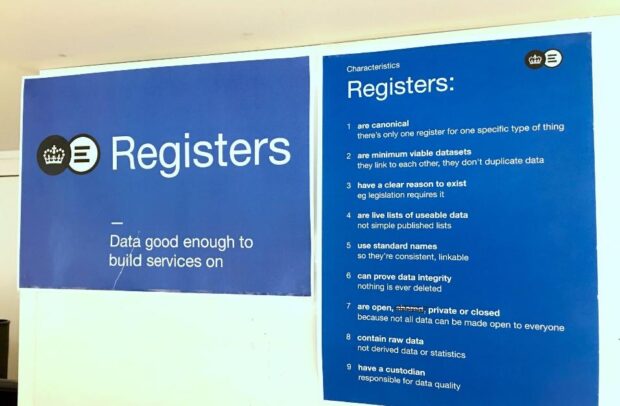
...linked registers is even better. That’s why every register needs to be designed with the wider ecosystem in mind. The Register Design Authority And that’s the focus of the Register...

Last week, GDS hosted a hack day for developers from across government.
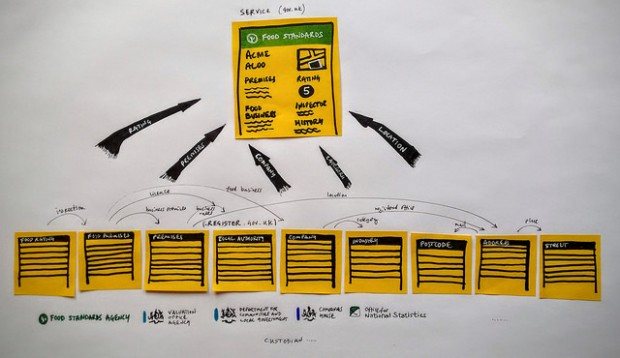
Paul Downey explains why registers have links, how links help users of data, and talks about some of the implications of linking for an organisation operating a register.